Ants and their microbial partners: A new systematic review to start mapping a hidden world
Ants have thrived with intricate symbioses with bacteria for over 50 million years. Yet despite growing interest and technological advances, many aspects of these relationships remain poorly understood. In this interview, we speak with Manuela O. Ramalho and Peter Flynn about their recent systematic review: Unveiling the Bacterial World of Ants (Hymenoptera: Formicidae). Their study synthesizes over 80 publications to identify which ant groups and bacterial taxa have been most studied, where geographic gaps persist, and how factors like diet, host phylogeny, and habitat shape microbial diversity.
Drawing on their shared training in the Moreau Lab, Ramalho and Flynn offer a broad yet nuanced view of ant-microbe interactions. Beyond the data, the authors emphasize the importance of mentorship, collaboration, diversity and an inclusive attitude in science.
Their work builds on a previous review (2017) and provides a roadmap for future research—calling for more inclusive sampling, interdisciplinary approaches, and attention to underrepresented regions and ant lineages. For the future, they expect microbial ecology to enable understanding better ant biology—from behaviour and physiology to evolution and conservation. Their review not only consolidates existing knowledge but also opens new doors and calls for collaboration for exploring further the microbial dimensions of ant life.
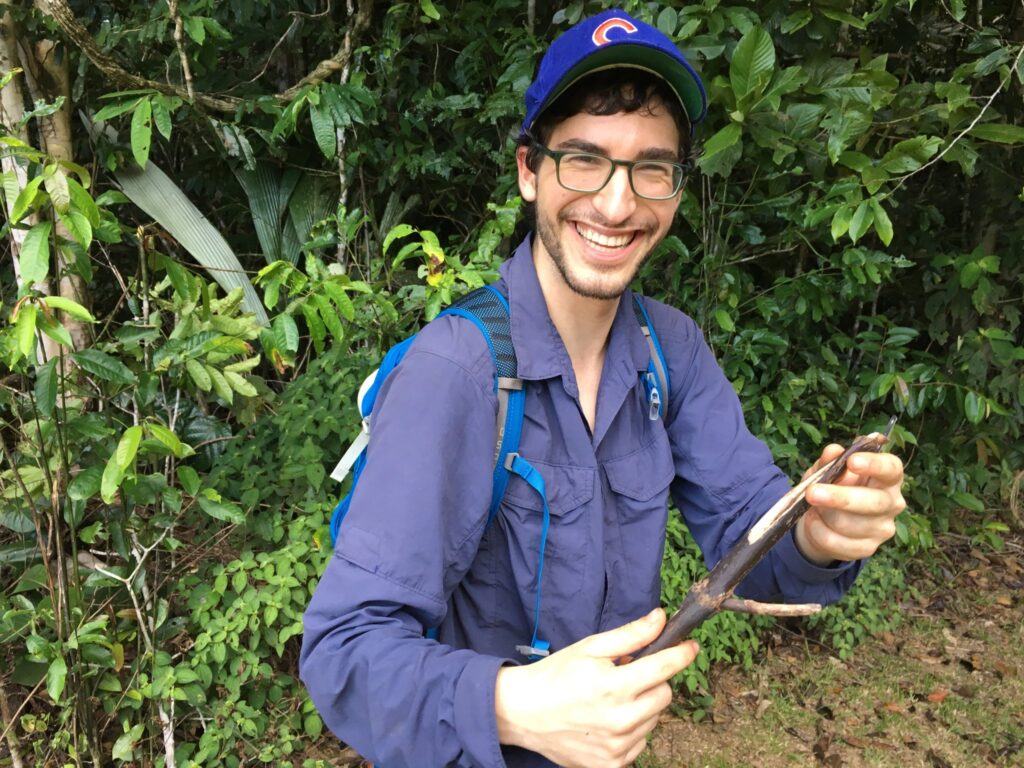
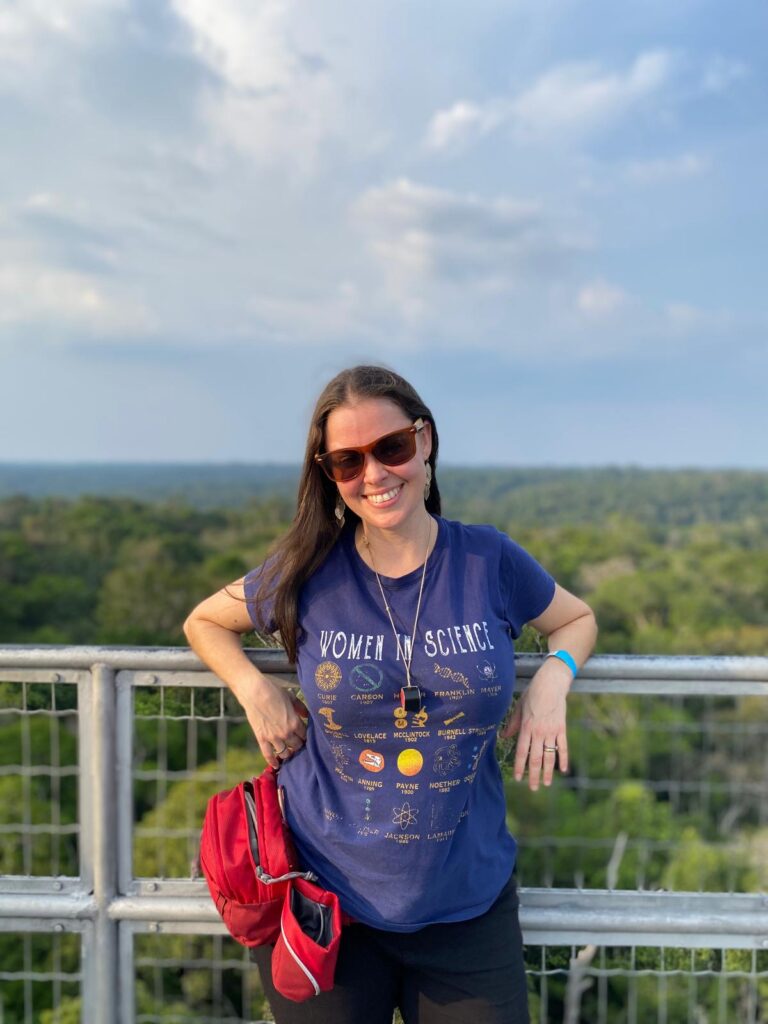
Edit by Elia Guariento and Salvatore Brunetti

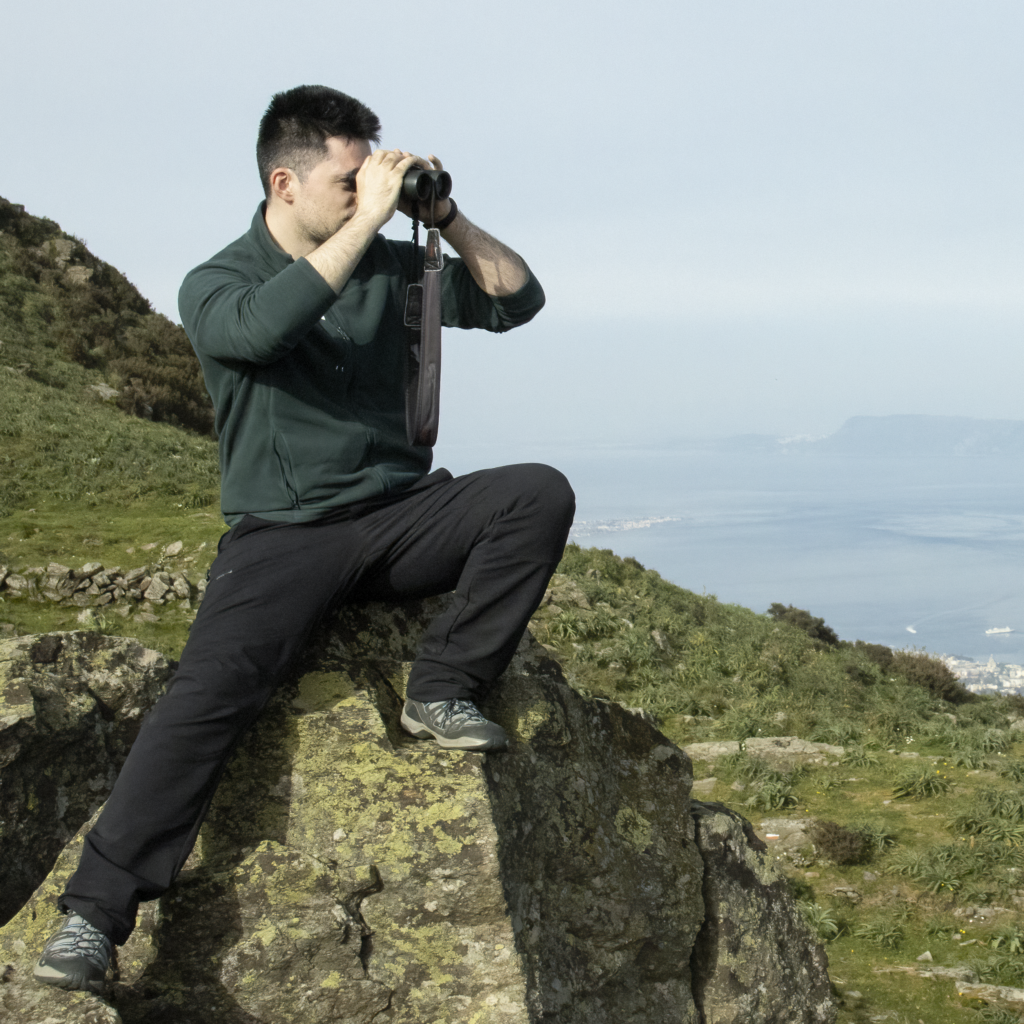
MNB: Could you tell us a bit about yourself?
MR: I’m Brazilian and the first in my family to attend university. I earned my undergraduate, master’s, and PhD degrees in Cell and Molecular Biology from UNESP in Rio Claro, a public university in Brazil with a strong reputation in social insect studies. Under the mentorship of Dr. Odair Correa Bueno, I fell in love with ants and their microbiomes. During my PhD, I had the opportunity—thanks to federal funding—to conduct research at the Field Museum in Chicago with Dr. Corrie Moreau. This experience expanded my horizons and solidified my passion for symbiosis and microbial ecology. After finishing my PhD, Dr. Moreau invited me to join her lab at Cornell University as a postdoctoral fellow, where I further developed my research program and mentoring skills. My research explores how eco-evolutionary dynamics shape host-microbe interactions, using ants as a model system. I aim to combine my natural history background with molecular tools to understand how microbial communities influence host development and success. After four years as a postdoc, an international move, a new language, motherhood, and a pandemic, I began a new chapter as an Assistant Professor at West Chester University (PA, USA)—and that’s when the Ramalho Lab was born. Beyond investigating the ant microbiome, our lab is deeply committed to promoting diversity and inclusion in science. As a first-generation college student, Latina woman in STEM, parent in science, and immigrant, I strongly believe that great science comes from diverse teams. Science should serve everyone—and everyone should be part of doing science.
PF: I’m Peter Flynn, an evolutionary biologist and currently a postdoctoral fellow at Harvard University. My research explores the complex interactions between insects, plants, and their associated microbial communities. I’m broadly interested in how these microbial partnerships shape host biology and evolve across ecosystems. Whether working in tropical forests or drawing from herbarium and insect collections, I aim to uncover the ecological and evolutionary roles of microbes in shaping ant and plant life.
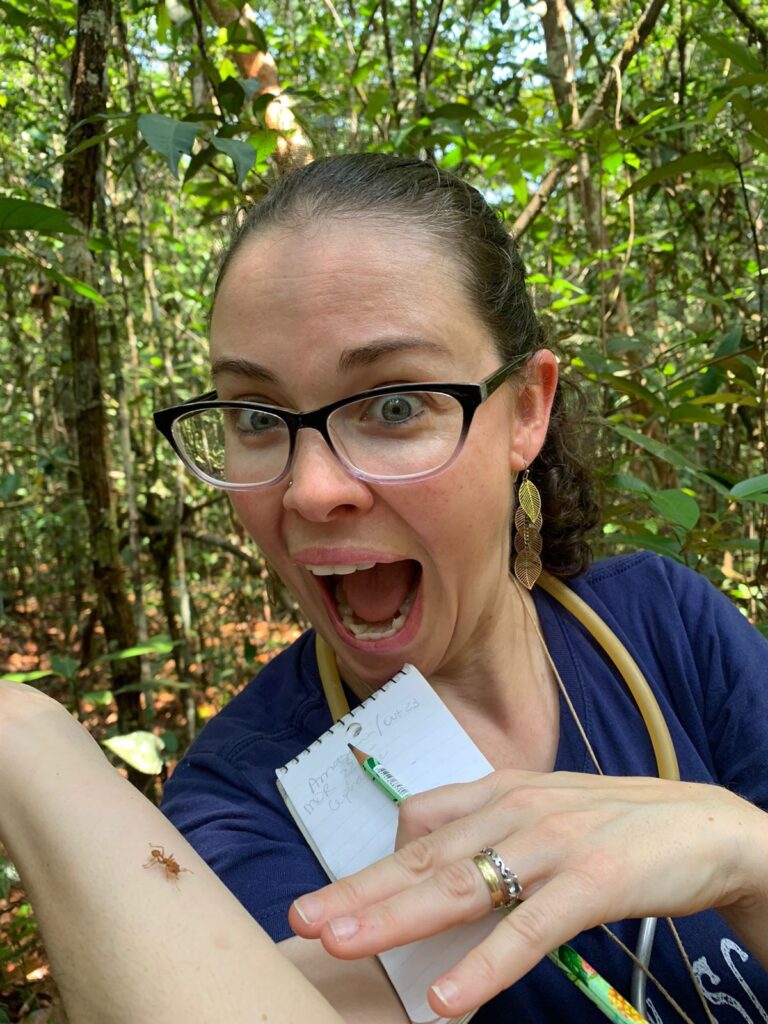
MNB: Could you briefly outline your research on “Unveiling the Bacterial World of Ants (Hymenoptera: Formicidae): A Systematic Review of Patterns, Drivers, and Evolutionary Insights” in layman’s terms?
MR: In simple terms, we wanted to step back and look at the big picture. Many studies have examined the bacteria associated with ants, but no one had pulled them together to identify general patterns. So, we did a deep dive into the literature—reviewing, comparing, and analyzing everything published so far—to understand which ant groups and bacterial partners have been studied most, what gaps still exist, and what factors (like diet or geography) might explain differences in bacterial communities across ant species.
PF: We reviewed over 80 scientific studies to understand how bacteria live interact with ants. Some ants rely on these microbes to help digest food or gain nutrients, especially those with specialized diets like leaf-cutters or sugar-feeding species. We found that factors like what ants eat, where they live, and how they’re related all shape their microbial communities. Our study also revealed that many ant groups and regions of the world remain understudied, pointing to exciting directions for future research.
MNB: What is the take-home message of your work?
MR: While sequencing technologies have expanded our ability to explore microbial diversity, many aspects of ant-microbe interactions remain underexplored. Our review and meta-analysis identify trends in the types of ants and bacterial taxa that have been most studied—alongside key gaps in geographic and taxonomic coverage. We also show that factors like diet, host phylogeny, and geography strongly shape microbial diversity in ants. Overall, our work highlights the need for integrated studies that combine ecological, evolutionary, and microbial perspectives to better understand these complex and fascinating symbioses.
PF: Ants rely on a variety of bacterial partners, shaped by their diet, habitat, and evolutionary history. But most research has focused on a few well-studied groups, like Cephalotes and Camponotus, while many other ant lineages remain largely unexplored. To get a fuller picture of ant-microbe symbioses, we need to study a broader range of ant groups and focus more on underrepresented regions like Africa, Oceania, and Central America.
MNB: What was your motivation for this study?
MR: Peter and I were both lucky to train in the Moreau Lab with Dr. Corrie Moreau, who has been—and continues to be—a tremendous mentor in our careers. Her enthusiasm for science, her generosity in sharing knowledge, and her unwavering support for her students continue to inspire us daily. It was in her lab that we had countless discussions about the fascinating microbial world inside ants—conversations that laid the foundation for this project. Over the years, we realized that despite the growing number of studies in this field, there wasn’t a unifying picture. So, we decided to reread and analyze all the available literature to identify patterns and highlight what’s still unknown. Our goal was to suggest future directions for research and help the myrmecological community think about next steps —a roadmap to guide future research in ant-microbe interactions and help prioritize what still needs to be studied. And for those reading our paper, we warmly invite you to check out the Acknowledgments section—we wrote a heartfelt thank-you to Corrie that reflects how deeply grateful we are for her mentorship and example.
PF: Our motivation stemmed from an influential review published in Myrmecological News in 2017 by Russell, Sanders, and Moreau, which helped shape the field of ant-microbe research. We saw an opportunity to build on that foundation by updating and expanding the scope of their work. Since then, the field has grown rapidly, especially with the widespread adoption of next-generation sequencing, allowing for deeper and more comprehensive analyses of microbial communities. We also wanted to bring more visibility to microbial research within myrmecology, emphasizing its importance in understanding ant ecology, evolution, and symbiosis across diverse lineages and environments. (Citation for the 2017 study: Russell, J. A, Sanders, J. G. & Moreau, C. S. (2017). Hotspots for symbiosis: Function, evolution, and specificity of ant-microbe associations from trunk to tips of the ant phylogeny (Hymenoptera: Formicidae). Myrmecological News 24: 43-69.)
MNB: What was the biggest obstacle you had to overcome in this project?
MR: The biggest challenge was definitely time management. Balancing this project with the demands of launching a new lab (in my case) and completing a postdoc (in Peter’s case) wasn’t easy. But thanks to the patience and support of the Myrmecological News editors—and lots of teamwork between Peter and me—we managed to bring it all together!
PF: The biggest challenge was distilling a vast and complex body of research into clear, accessible graphics and explanations. We aimed to make the information engaging and understandable for the broad readership of Myrmecological News, while still doing justice to the depth of the science. Achieving that balance required a lot of careful thought and refinement.
MNB: Do you have any tips for others who are interested in doing related research?
MR: Absolutely! This field is evolving fast, especially with advances in genomics and bioinformatics. If you’re interested in ant-microbiome work, don’t be afraid to dive into coding, molecular methods, and interdisciplinary approaches. Building collaborations and being open to learning new skills is key. It’s also helpful to stay curious—not just about the data, but about the natural history of your organisms.
PF: Whether you’re studying ants or any other system, let your curiosity lead the way. Following the questions you’re most passionate about will often take you into fascinating and unexpected territory. And if you’re planning to do a meta-analysis or systematic review, be sure to check out the PRISMA guidelines (https://www.prisma-statement.org/) they’re an excellent resource for conducting structured and transparent reviews.
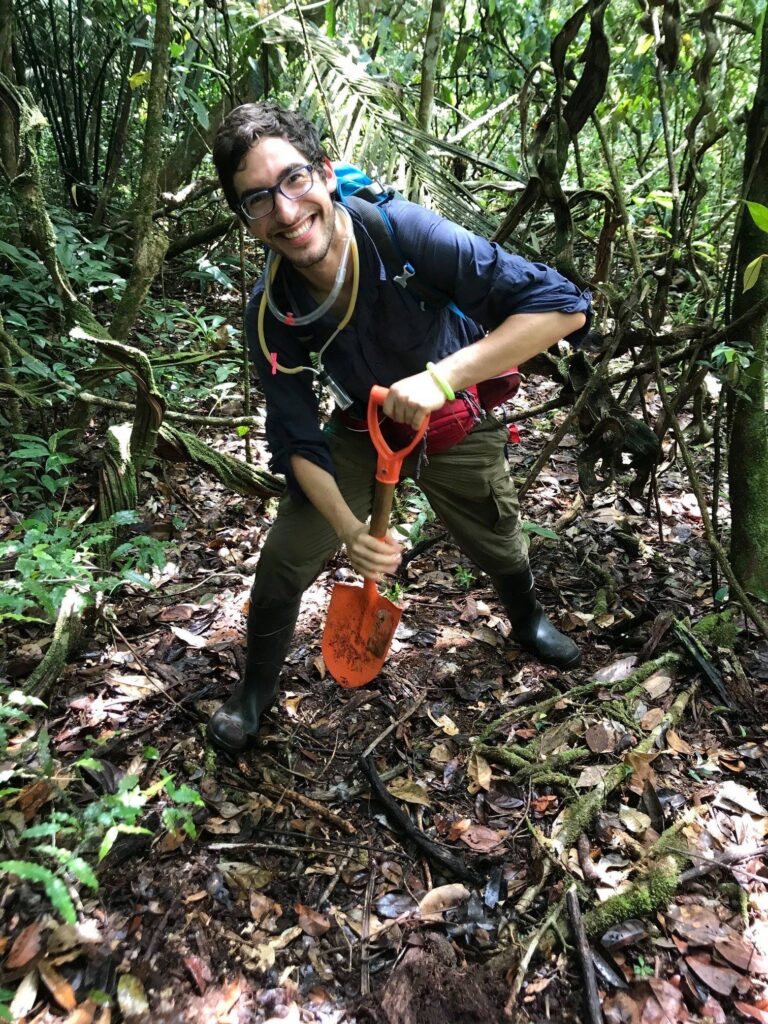
MNB: Where do you see the future for this particular field of ant research?
MR: There’s so much still to discover! I think we’re just scratching the surface of how symbiotic microbes influence ant behavior, physiology, and evolution. With better tools, more sampling, and global collaborations, we’ll start to uncover not only the “who” in these interactions, but the “how” and “why”. I’m particularly excited to see more work integrating microbiome data with host development, environmental gradients, and even conservation biology.
PF: The field of ant–microbe interactions is advancing rapidly—so much that conducting this systematic review was a challenge because new studies kept coming out every few days! That pace reflects the growing excitement around this area. I see the field moving toward a more complete cataloging of microbial partners across ant species, which will ultimately help us understand not just who these microbes are, but what they do for their ant hosts and how these symbioses evolved.


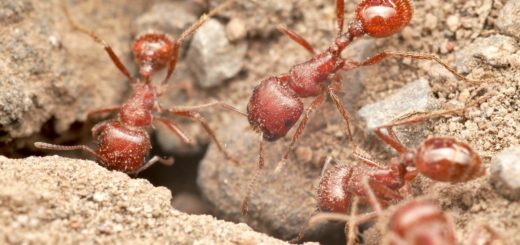
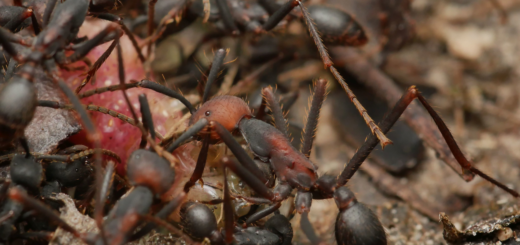
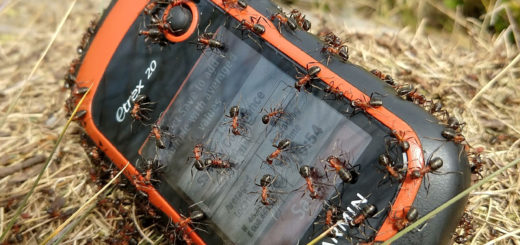
Recent Comments